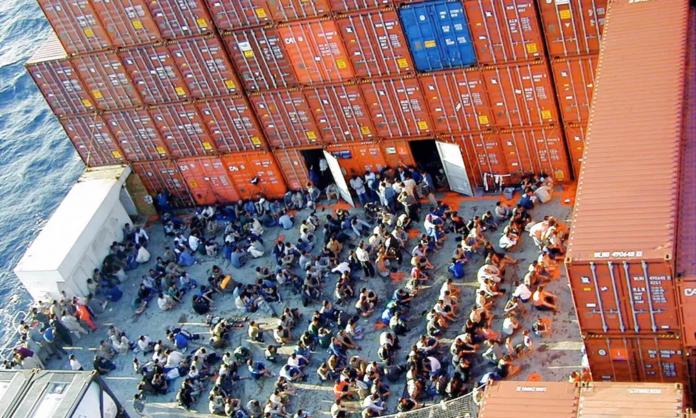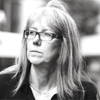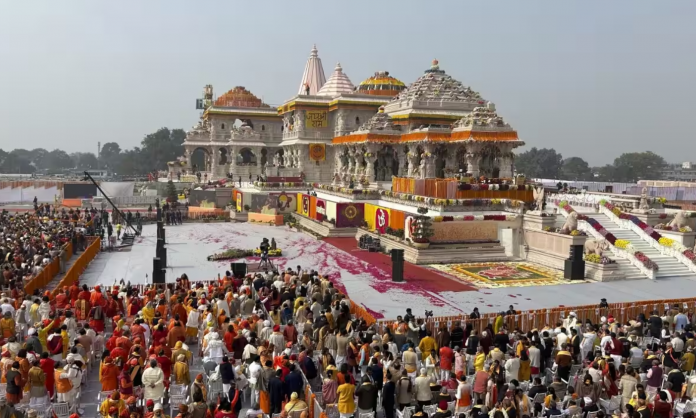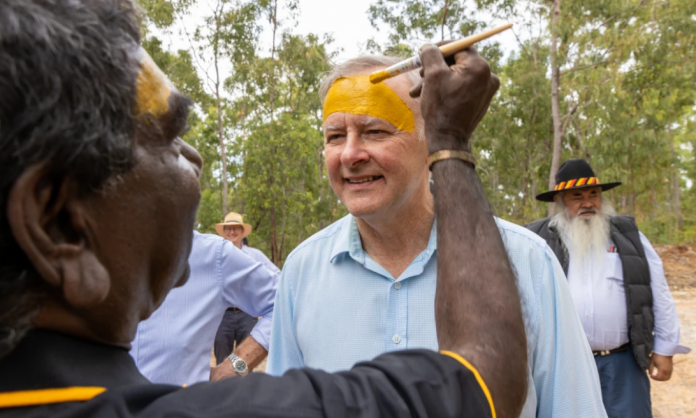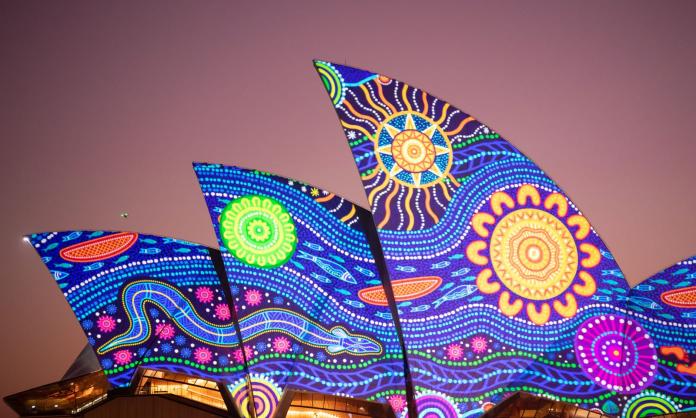It was August 2001. The Norwegian freighter the MV Tampa was headed towards Christmas Island, an Australian territory just south of Indonesia, to land 433 asylum seekers it had rescued in the Indian Ocean. The ship did not make it. The Australian government threatened to prosecute its captain, Arne Rinnan, as a people smuggler if he entered Australian waters. The military intercepted and boarded the vessel, and the refugees were taken under guard on the HMAS Manoora to a prison camp 7,000 kilometres away on the Pacific island of Nauru.
The following year, Juma Khan Nazari, a young Hazara refugee from Afghanistan, wrote to Sandra Bloodworth, who was then an editor of Socialist Alternative magazine, describing the ordeal:
“The morning 23 August 2001 we got on a small wooden ship. Its engine failed near Christmas Island. The [next] morning Australian aircraft came for three times ... but the day finished, the darkness covered everywhere, the air was pushing us to Indian Ocean. The fourth day ... MV-Tampa rescued us ... [On] 30 August sea guards and commandos captured the Tampa. They were with dangerous arms and their hands were on trigger of their weapons ... we were surrounded by more than fifty commandos.
“We were too much hungry, we had not had enough food for the last eight days. The second day the soldiers brought some honey and biscuits, and kept it in the middle. These were enough only for thirty persons. The people and children rushed on it. The soldiers [took] some photographs of it. After that we came to know the basic purpose behind it. They wanted to show us on TV and newspaper to the people in Australia that we are savage and uncivilised. Then we protested against them to destroy the pictures and film ...
“[We were] compelled to move to HMAS Manoora ... The soldiers behaved very badly to us. They abused us a lot. We had to wait for hours in queues to go to toilets. After 11 September the behaviour of the soldiers became more strict and savage to us. They used the word ‘terrorist’ to us, but we were totally unaware of the situation.”
As all of this was unfolding, John Howard’s federal Liberal government introduced emergency legislation, the Border Protection Bill, into the House of Representatives to retrospectively “determine who will enter and reside in Australia”. Failing that, and this time with ALP support, the government excised Christmas Island and other coastal islands from Australia’s migration zone, meaning that any asylum seekers who reached these territories would not be able to apply for refugee status.
It also meant that asylum seekers would be denied access to Australian courts to appeal their cases. It established that people who arrived by boat could be processed “offshore” in prisons on Nauru, Manus Island (Papua New Guinea) and Christmas Island. This was known by the chilling name “the Pacific solution”.
Two weeks later, the 11 September terrorist attacks in the United States further polarised the atmosphere. The Taliban’s repressive regime had been well publicised after 9/11 in preparation for the US/Australian invasion of Afghanistan that began the following month. That most of the people on the Tampa were fleeing the Taliban didn’t stop Immigration Minister Philip Ruddock continuing to insinuate that those on board were at best “fakes” who were feigning distress and illness and, at worst, terrorists.
To add fuel to the fire, in early October, just after calling a federal election for November, the Australian government released misleading photos purporting to show Iraqi asylum seekers who had thrown their own children into the sea from a sinking vessel. Evidence that the claim was a complete fabrication was suppressed until after the election.
Then, on 19 October 2001, a boat known as SIEV-X (suspected illegal entry vessel, tracking number not assigned) carrying more than 400 asylum seekers, capsized on the way from Indonesia to Australia. Three hundred and fifty-three of its passengers drowned.
As with the Tampa, 9/11 and the “children overboard” affair, the Coalition managed to turn even this tragedy to electoral advantage, campaigning on Howard’s statement: “We will decide who comes into this country and the circumstances in which they come”. The government’s line attracted strong support, its popularity rising throughout the crisis. Opinion polls showed more than two-thirds of voters supported the Tampa decision. A respondent’s comment in a later Ipsos-Mackay Report (SBS Immigration Nation) summed up the atmosphere:
“The Tampa incident really legitimised racism in this country. From that time it’s been okay to speak out against other races. Before that people might have had an opinion about other races, but you kept it in your back pocket. Now it’s almost okay to be racist: it’s like the government’s given you permission.”
Responses to the Tampa by both parties showed racism to be bipartisan. Declaring itself “as one” with the Liberals on refugee policy, the ALP put up no opposition at all. Instead, its leaders expressed agreement at every point. Defending the hijacking of the Tampa, Labor leader Kim Beazley said, “In these circumstances, the country and this parliament do not need a carping opposition”.
It wasn’t just Beazley and the right wing of the ALP who capitulated to Howard. The Labor left, including leadership aspirant Julia Gillard, went along with every betrayal. After the 2001 elections, Gillard took over as ALP spokesperson on immigration and used her left credentials to justify Labor’s support for locking refugees in concentration camps in the desert.
Labor’s capitulation helped push politics to the right, cementing in place a racist anti-refugee and anti-Muslim discourse in Australian politics that is with us to this day. This bipartisan assault had a massive effect on public opinion. A November 2001 Bulletin-Morgan Poll on refugee “boat people” showed that just 20 percent of people thought Australia should “accept the refugees”; 65 percent said “put them back to sea”.
But alongside this shift to the right, a space also opened up to the left of Labor, which a new political force, the Greens, began to fill. This was not the first time Labor had failed to offer a genuine alternative to the Liberals. “The alienation of Labor voters, either blue collar or professional, from the party’s base had been going on for three decades, and it meant that the Greens had a larger group of disaffected voters whose affection was up for grabs”, long-time right-wing Labor headkicker Graham Richardson argued in the Quarterly Essay. The Tampa incident was the final straw for many ALP voters, as Richardson acknowledged:
“The one thing that has turned Australian politics on its head more than any other in my lifetime has been refugees, and that issue is epitomised and immortalised by just one word—Tampa. Like most of us I wish I had never heard of this god-forsaken boat ... Men, women and children were to be incarcerated all over the Pacific and yet another fragmentation of Labor’s base occurred. Whatever lefties remaining in the ALP jumped ship and headed for the Greens, whose stance on the issue was unequivocal.”
At the time the Tampa arrived, the Greens had one federal senator, Bob Brown. His support for the refugees and opposition to all-out war in Afghanistan in 2001 cohered the new constituency. It was the making of the Greens. They seemed to be the only parliamentary party offering any serious left-wing alternative to the anti-worker, racist warmongering of the Howard government. Brown was comfortably re-elected in 2001, increasing his primary vote from 9 percent to 14 percent. He was joined in the Senate by Kerry Nettle. The vote for Green candidates rose from 2.6 percent nationally to 5 percent. Greens membership almost doubled in a year to more than 5,000.
Beyond the electoral arena, refugees had been placed at the very centre of Australian political life by the Liberals’ election campaign. But though many people were disgusted at the racism, the protests against it were initially small and defensive, with many despairing at the tidal wave of racist sentiment that had swept the country.
The resistance of the refugees themselves was crucial to sparking a movement that won freedom for many detainees. Throughout 1999, a rapidly rising number of boat arrivals, and the policy of mandatory detention, meant that numbers in Australia’s detention centres had risen quickly. Refugee resistance was immediate and ongoing, if often hidden by the remote locations of their imprisonment. But there was very little organised response from the tiny campaign groups; it seemed that the refugees were protesting almost on their own.
The Tampa galvanised existing activists in the cities, and the campaign began to grow. By the end of 2001, the Melbourne Refugee Action Collective was holding vibrant, chaotic campaign meetings of well more than 100 people.
At the same time, the mounting frustration of refugees with appalling living conditions and the highly bureaucratic and lengthy processes involved in visa application was fuelling further resistance in the camps. In December 2001, a small group of inmates in the Woomera detention centre broke through an inner fence and tried to scale an eight-metre-high steel perimeter fence topped with razor wire. Three days of rioting followed, during which thirteen buildings were damaged and four were destroyed.
As Jerome Small, who was a leading refugee activist at the time, later concluded in an article for Socialist Alternative magazine, a “further wave of struggle inside the camps really turned the issue of refugees into a mass campaign. From mid-January 2002, hundreds of asylum seekers at Woomera launched a mass hunger strike. The protests soon spread to every other centre, and for the first time, the government faced a crisis in managing its detention centres”.
The heroism of the refugees provoked larger numbers into action outside the centres. On Palm Sunday 2002, tens of thousands rallied in major cities, some 25,000 rallying in Melbourne. A week later, at Easter, 1,500 protesters gathered outside Woomera detention centre and helped more than 100 refugees to escape before the police could stop the breakout.
That entire tumultuous period, from August 2001 to March 2002, has cast a shadow over Australian politics ever since.




